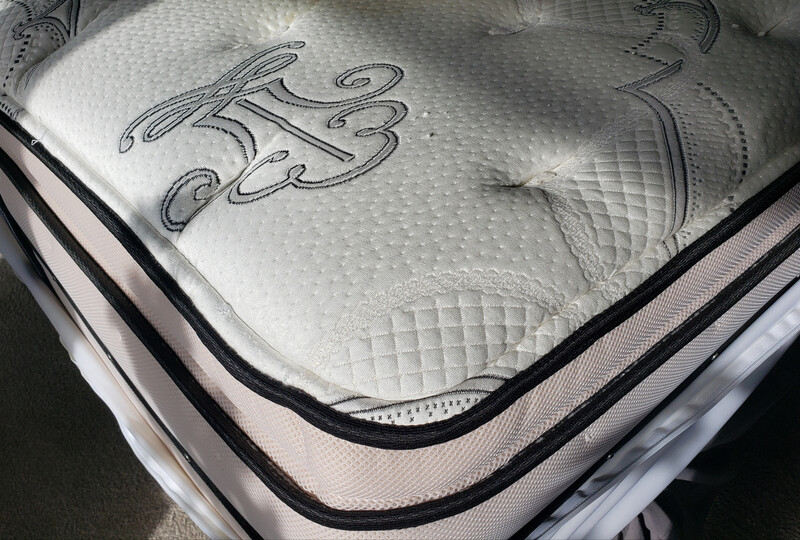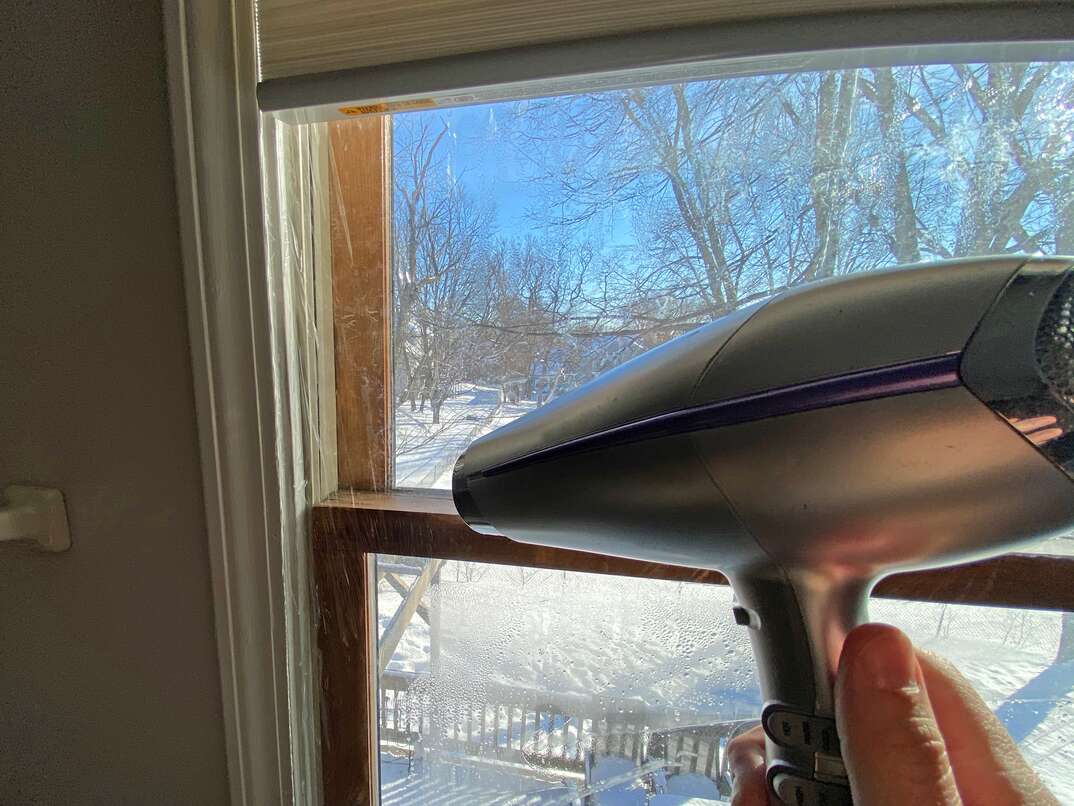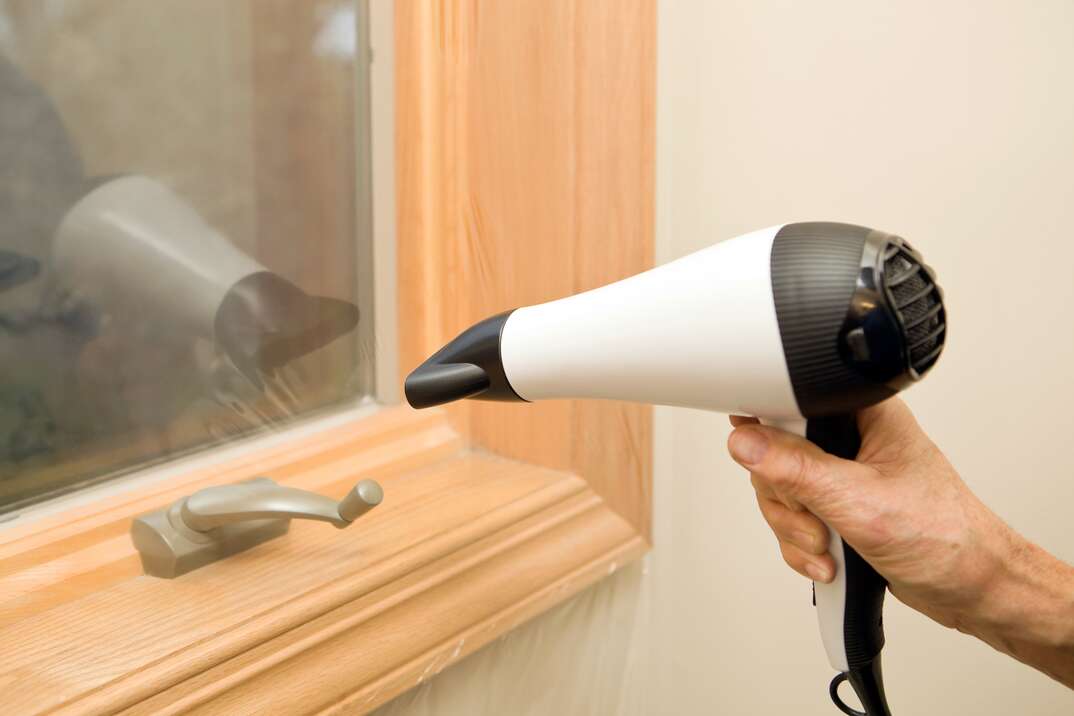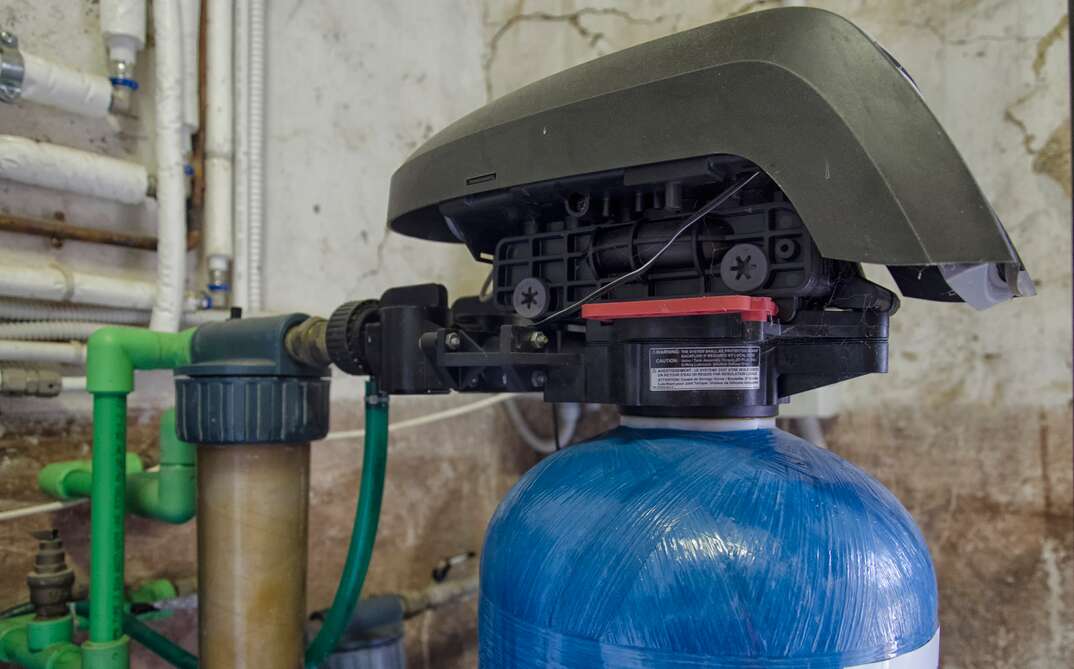Stop Lying Down on the Job: Here’s How to Clean Your Mattress

Over time, even the most hygienic, fastidious person’s mattress gets dirty and must be cleaned. Apart from spills and other mishaps, your mattress accumulates dirt and grime over months and years of sleeping, sweating, drooling and … whatever else. Even worse, small parasites called dust mites can find their way into the mattress’ weave and breed under the surface. These bugs eat cast-off human skin cells and are a major source of allergies, including asthma.
This May Also Interest You: How to Clean and Disinfect Your Home During COVID-19
Knowing how to clean a mattress to fight off these little nasties can help keep your family members healthy, extend the life of the mattress — and even let you sleep easier knowing that the bed you’re sleeping on isn’t a hotbed of microscopic organisms literally feeding on your flesh.
The Perils of an Unclean Mattress
There are a lot of reasons you need to keep your mattresses clean. Apart from the unpleasant look that various-colored stains on the fabric have, the general fading of color and fraying of the weave are signs that a mattress hasn’t been cleaned often enough.
If you spend six to eight hours a night lying on your mattress, it’s inevitable that at least some of your sweat, skin oils and dead skin cells make it through the bottom sheet and mattress protector underneath you. These substances feed a surprisingly complex ecosystem of microorganisms and small mites, including dust mites, which can fill your bedroom with unpleasant odors and trigger sometimes severe allergies.
You can slow this process down by regularly washing your bedding and flipping the mattress over. This is not a permanent fix, however, since some dirt inevitably gets through and a mattress can only be flipped so many ways before you’re back where you started from. Eventually, you must clean the mattress, but it doesn’t always have to be a king-size effort.
Deep Cleaning Vs. Upkeep
There are lots of ways to clean a mattress, but they can generally be grouped into two categories: deep cleaning and less-intensive upkeep activities. As a rule, you should give your mattress a once-over cleaning every month or so, with a focused cleaning as soon as possible on any areas where there’s been a spill. Schedule a deep cleaning about every three months, or whenever you were planning to flip the mattress anyway.
How to Clean a Mattress
Surface Cleaning
Surface cleaning a mattress is similar to cleaning anything with fabric upholstery. Using your vacuum cleaner’s upholstery attachment, give the entire surface of the mattress a solid sweep. Remember to lift the corded seams to get at the fabric underneath these blind spots. Use the crevice attachment to get into tightly sewn joints in the fabric. It’s usually OK to use non-allergenic cleansing powder here, or to lightly spray the surface with odor-eliminating sprays.
If your mattress has a specific problem area, go ahead and spot-clean it with a dollop of laundry detergent and a damp cloth. Use the minimum amount you feel you can get away with, since you can add more soap later — but it’s difficult to remove once you’ve used too much. Try to use cold water at first, since this produces less soap suds than hot water and is probably easier to work with.
Deep Cleaning
Deep cleaning a mattress starts the same way a light cleaning does, with vacuuming and spot treatments. A proper deep clean, however, takes in the entire surface of the mattress and should eliminate as much of the accumulated grime as possible. When it’s over, your mattress should look clean and smell fresh.
Follow these four steps:
1. Sprinkle Baking Soda
After the initial cleaning, lightly sprinkle baking soda all over the surface of your mattress. Ideally, you can do this right before an overnight trip, since the best results take a day or so. At the very least, you should do this in the morning, so the baking soda has at least five hours to do its work. Baking soda is highly alkaline, which changes the pH of the most common mattress stains to something fairly neutral — which, in turn, cuts down on odors and the continuing damage acidic fluids can do to mattress fibers.
2. Suck It Up!
Now, vacuum up all that baking soda that you sprinkled on your mattress.
3. Spray for Mites
If you want, you can squirt a small amount of flea-and-tick spray into the nozzle of the vacuum when you’re finished to kill off the mites that this process has pulled out of the mattress. Follow the instructions on the can for this, and only do it in a well-ventilated area.
4. Second Spot Cleaning
If you still have visible stains at this point, you can go over them with another focused spot cleaning. Use laundry detergent or try an enzyme cleanser that’s safe to use with children and pets. This is also a good time to clean up the spaces around your mattress, especially a fabric headboard and the carpet underneath, where more dust mites might lurk.
When to Replace an Old Mattress
No matter how diligent you are, sooner or later it’s time to replace your mattress. The official word from industry groups is that you should get a new mattress every six to eight years — but of course industry groups would say that. Here are three circumstances in which mattress replacement is the way to go:
1. Can't Sleep
As a rule of thumb, you should probably replace your mattress whenever you notice it’s negatively affecting your sleep.
2. Can’t Keep It Clean
You should also think about replacement if you’ve tried to deep clean the mattress and you’re just not getting the results you want, which can be a sign that the fabric is wearing out.
3. Don’t Let the Bedbugs Bite
If you happen to notice your mattress has bedbugs, get rid of it immediately. Bedbugs are vicious little parasites that bite humans. They’re such a pest that many local governments have laws about safe disposal of contaminated mattresses. Contact your local authorities or a biohazard-rated hauling company to handle removal at once. Also be aware that many, many other items in your home may have been contaminated with bedbugs, in which case you may have to vacuum and clean elsewhere, including carpets and clothing.
Ways to Protect Your Mattress
Apart from learning how to clean a mattress properly, there are several things you can do to extend the life of your bed furniture:
- Flip your mattress regularly.
- Buy a good plastic mattress cover.
- Consider adding a pad to the top of the mattress to more evenly distribute your weight and add a barrier for stains and grime.
Since we’re all home now more than ever, being prepared for unexpected home repairs with a plan from HomeServe is important. Having a plan in place gives you the peace of mind knowing that you can simply call our 24/7 repair hotline for covered breakdowns. See what plans are available in your neighborhood.


